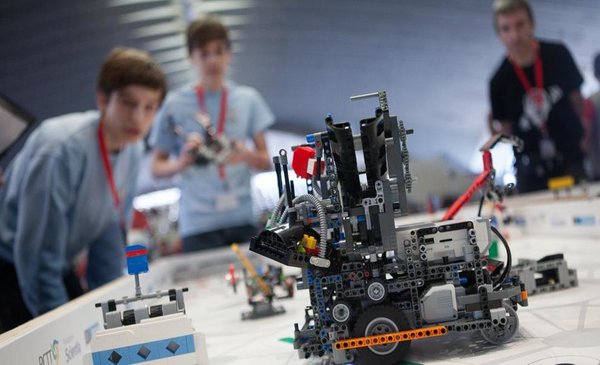Marketers can be surprisingly heavy-handed. The temptation, especially with big brands, is to thunder out answers that let customers know, in unequivocal terms, that they have been recognized.
Think about the almost coarse way in which airlines greet their frequent fliers – with a bunch of features dressed up as privileges and a tiered recognition system that allocates them a color.
It’s almost as if brands can’t help themselves. Informed by the mountains of data they have collected, many seem compelled to flash this knowledge under the noses of buyers, and to deliver “experiences” that are framed around that knowledge. Even customer-centric organizations like Amazon let you know what they know. So does Google. So does Facebook. In the cases of Google and Facebook, the ad placements are so blatant that everyone with an ounce of awareness recognizes that what they are being served up is no coincidence.
And that’s my point. Perhaps brands should be a little more circumspect in how they frame what people get. Not to be deceitful or opaque – but because happenstance is a powerful motivation for anyone. Coincidence turns the everyday into the extraordinary. And that sense of surprise – that unexpected but fulfilling encounter – is an opportunity too often missed it seems to me.
The experiences we remember as consumers are not the manufactured moments that everyone else got too. The times we remember are the ones that were special to us, that seemed to arrive with perfect singularity and that transformed something that was otherwise uneventful into an instance that we love to replay – even years later. In a world where so much is expected and too little is spontaneous, perhaps it’s time brands found ways to design for surprise.
The urgency for this rethink shouldn’t be underplayed. The Customers 2020 Report is predicting that by 2020, customer experience will overtake price and product as the key point of competitive advantage for brands. Customers will dictate the experiences that they want, and they will want those experiences to be more personal, faster to the point of proactive and anticipatory, and across the many platforms they feel comfortable using. To respond effectively, companies will need to source all the market intelligence they can gather in order to know the people they deal with better. But knowledge alone won’t be enough.
Nor will innovation. In his article on why, Patrick Newbery describes the need for a new playbook: one where experiences are designed around the brand’s values; that recognize the different behaviors and priorities of people at different buying points; and that present the brand in ways that add new meaning to the perceptions customers already have of the brands they interact with.
The coincidental opportunity it seems to me lies at the nexus of these ideas: knowing as much as possible, and at the same time, orchestrating things based on that deep pool of knowledge that just seem to happen, as if by magic, for consumers.
The designer Dries van Noten once described coincidence as the convergence of different ideas. To me, that’s exactly how brand experiences should be fashioned – they should bring together something that someone did expect with something they didn’t in ways that expand and elaborate the brand and make it more interesting. Disney does that through a combination of people, absolute commitment to their core promise, listening to guests, putting those guests in control of the experiences they have, and technology.
Brand coincidences can occur as extended offers, astute additions, perfectly timed gestures that (happen to) correspond with what people didn’t realize, or were just realizing, they wanted right about now. Big data makes that possible. But deft touch makes that magical. And it’s that feather light control of the serendipitous, delivered with discretion and perfect timing, that brands need to get much better at.
As a brand you know so much. But the real challenge in transforming that into moments that are unforgettable stems from a different question altogether: where are the quiet little delights that prove the brand and happen to make experiences truly personal?
The Blake Project Can Help: The Brand Positioning Workshop
Branding Strategy Insider is a service of The Blake Project: A strategic brand consultancy specializing in Brand Research, Brand Strategy, Brand Licensing and Brand Education





One comment
Tom Smith
March 31, 2015 at 5:44 pm
Empower employees to deliver surprising and delightful customer experiences.
Ritz Carlton, “ladies and gentlemen serving ladies and gentlemen,” do a GREAT job with this.
Comments are closed.